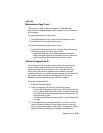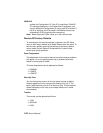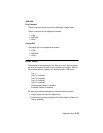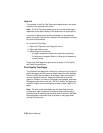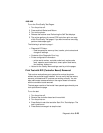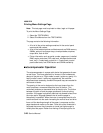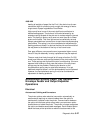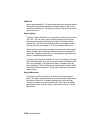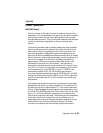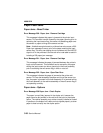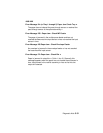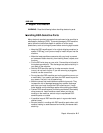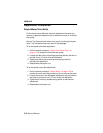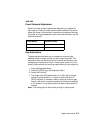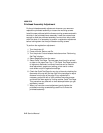
Diagnostic Aids 3-29
4069-XXX
Fuser Operation
Hot Roll Fuser
The hot roll fuser in the Optra T printer is made up of two primary
assemblies. The first assembly is the top fuser cover which contains
the thermistor/cable, thermal fuse, cable assembly, left and right
lamp brackets and cover. This is a complete assembly and the parts
cannot be individually replaced as in previous Lexmark laser
printers.
The thermal fuse (two fuses in series) protects the fuser assembly
and surrounding parts from ignition in the event of a failure in the
fuser control circuitry by opening the AC circuit to the lamp. The
thermistor assembly is designed to keep the temperature of the
fuser hot roll within a predetermined temperature by being in contact
with the fuser hot roll and changes resistance as the temperature of
the hot roll increases. The thermistor resistance changes from
approximately 150K ohms to approximately 260K ohms as the
temperature of the fuser hot roll increases. The thermistor is
connected to the fuser control board connector J2-1 and J2-2 and
from J2 to J1-2 and J1-3 on the fuser control board to J2-6 and J2-7
on the engine board. J2-6 (TEMPIN+) and J2-7 (TEMPIN-) are
connected to module PLCC U9. U9 monitors the change in
thermistor resistance and sends a signal (HEATON) from J20-A25
through the interconnect board to CN3-9 on the LVPS to signal the
triac to turn the fuser lamp On or Off to maintain the correct fuser
temperature.
The voltage drop across the thermistor is proportional to the fuser
temperature and varies from approximately 2.0 V dc (cold) to 2.3 V
dc (warm during idle) to approximately 2.7 V dc during continuous
printing. These voltages are assuming the fuser temperature is set
to normal. The HEATON signal from CN3-9 varies from 0 V dc (lamp
On) to +5 V dc (lamp Off) and is connected to the cathode of an
Opto triac to control the fuser lamp. The second part of the assembly
is the fuser frame which contains the hot roll, backup roll, and
associated parts as well as the paper exit guide assembly, narrow
media sensor, fuser control board (which has the exit sensor
mounted on the board) and the envelope conditioner solenoid.



